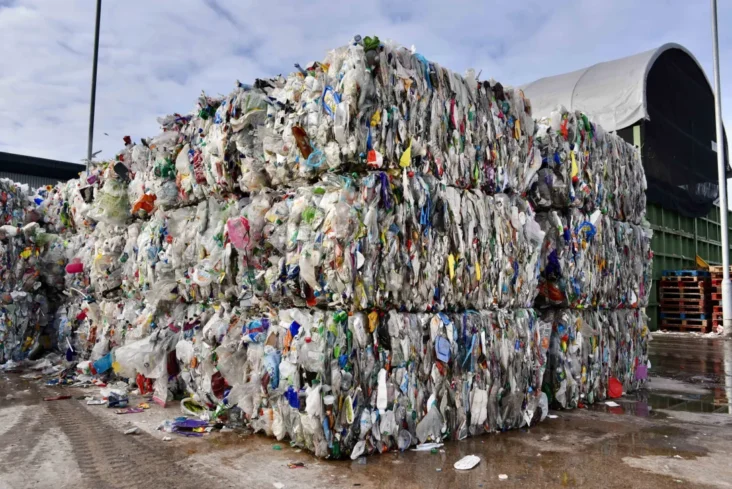Waste-to-energy technologies are like magic tricks that turn trash into valuable energy. They’re an important part of waste management that not only helps us get rid of waste but also produces power in the process. In this article, we’ll dive deep into the benefits of waste-to-energy technologies in waste management, all explained in simple English.
Understanding Waste-to-Energy Technologies:
Before we get into the benefits, let’s understand what waste-to-energy technologies are all about. It’s like turning the food you don’t want to eat into electricity to power your home. Waste-to-energy plants take solid waste, like trash and discarded materials, and use it as fuel to generate heat or electricity.
Reducing Landfill Use:
One of the biggest benefits of waste-to-energy technologies is that they help reduce the need for landfills. Landfills are like huge piles of trash that take up space and can harm the environment. By burning waste to produce energy, we decrease the amount of waste that ends up in landfills, preserving land for other uses.
Cleaner Energy Production:
When we burn waste to produce energy, it’s like creating power with minimal pollution. Modern waste-to-energy plants use advanced technology to capture harmful gases and particles, reducing their impact on the environment. This means cleaner air for us to breathe.
Decreasing Greenhouse Gas Emissions:
Greenhouse gases, like carbon dioxide, are major contributors to climate change. Waste that rots in landfills produces methane, a potent greenhouse gas. Waste-to-energy technologies help decrease these emissions by preventing waste from decomposing in landfills.
Renewable Energy Source:
Waste-to-energy is a bit like having a never-ending supply of energy. Unlike fossil fuels, which will eventually run out, waste is a constant resource. As long as we produce waste, we can use it to create energy.
Resource Recovery:
Waste-to-energy technologies are like treasure hunters. They don’t just burn waste; they also recover valuable materials from it. After the burning process, metals like aluminum and iron can be collected and recycled. It’s like getting a bonus while producing energy.
Reducing Reliance on Fossil Fuels:
Burning waste instead of fossil fuels is like choosing a cleaner energy source. Fossil fuels like coal and oil release harmful pollutants when burned. By using waste as a fuel, we reduce our dependence on these polluting energy sources.
Waste Management Solutions:
Waste-to-energy technologies are part of a larger waste management strategy. They help solve the problem of what to do with our ever-increasing waste. Instead of letting it pile up, we can turn it into something useful – energy.
Challenges and Considerations:
While there are many benefits, waste-to-energy technologies also have challenges:
- Emission Control: Managing emissions from waste-to-energy plants is crucial. Advanced technologies are used to control and minimize emissions, but constant monitoring and improvement are essential.
- Waste Composition: The type of waste used as fuel matters. Some waste materials can release harmful pollutants when burned. Proper waste sorting and selection are critical.
- Public Perception: Some people worry about the environmental impact of waste-to-energy plants. Education and transparency are essential to address these concerns.
- Limited Resource: While waste is a renewable resource, it’s not an unlimited one. As we strive to reduce waste through recycling and waste reduction efforts, the amount of waste available for energy production may decrease.
Conclusion:
Waste-to-energy technologies are like a win-win solution for waste management and clean energy production. They reduce landfill use, produce cleaner energy, decrease greenhouse gas emissions, and help recover valuable resources. While challenges exist, the benefits of waste-to-energy technologies make them a valuable tool in our efforts to manage waste sustainably and produce cleaner energy for a brighter future.


